As an important component of a pressure transmitter, the pressure sensor has three important parameters that can determine whether a transmitter can perform well or not. They are pressure hysteresis, pressure repeatability, and stability.
And each transmitter must be tested and calibrated when it leaves the factory to make it meet the specified standards, and some performance must be optimized before the sensor leaves the factory, and pressure hysteresis is one of them.
Today, the pressure hysteresis of the piezoresistive sensor will be introduced.
What is Pressure Hysteresis?
In the process of pressure sensor calibration, the pressure is sensed through the isolation diaphragm and vented tube. Although the pressure input volume will be unified, the direction and pressure value of pressurizing and depressurizing of the pressure sensor in actual use conditions are different, which will lead to different signal output values of pressure sensors.
The misalignment of the pressure input-signal output characteristic curve in the pressurizing and depressurizing process is the so-called pressure hysteresis.
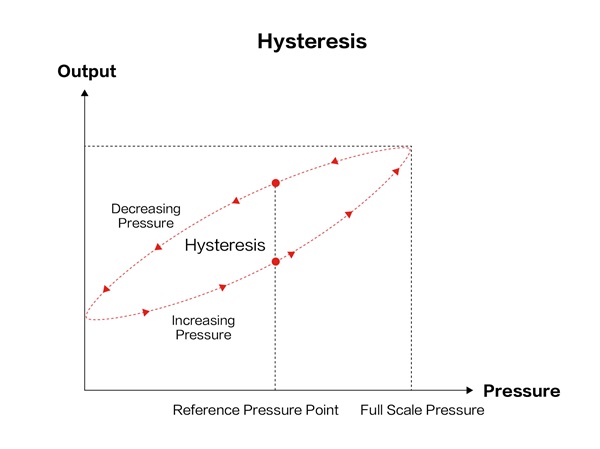
What Will Influence Pressure Hysteresis?
First, let's look at the composition of the diffused silicon pressure sensor! Diffusion silicon pressure chip, metal base, ceramic insulating cover, silicon oil, metal isolation diaphragm. When pressure acts on the pressure sensor, the diaphragm, chip, and other materials will deform to different degrees. When the pressure is removed, the deformation will disappear.
However, whether it can be restored to the original state depends on the characteristics of the material itself, its processing method, its environment, and other factors. Therefore, even if the pressure value is the same, the output may not be the same during the pressurizing and depressurizing processes.
How to Calculate the Pressure Hysteresis?
The hysteresis error is generally determined by experimental methods. Under multiple calibration pressure points within the pressure range, compare the difference between the pressurizing and depressurizing of the pressure calibration point and the output average value, the absolute value of the maximum average difference, and the percentage of the full scale is the hysteresis error, and the hysteresis error is also called the return error.
When the sensor is in a specified temperature environment, the pressure of the tested sensor is increased to the upper limit of measurement, and after the pressure is stabilized, the pressure is decreased and returned to the zero point. Then, within the full range of the upper and lower limits of the sensor, select evenly distributed 6~11 test points, and repeat three or over three times to increase and decrease the pressure calibration cycle.
After many tests based on the hysteresis formula, the maximum data value obtained is the pressure hysteresis!
For example:
Pressure | Output (increase) | Output (decrease) | Output (increase) | Output (decrease) | Output (increase) | Output (decrease) |
0.00kPa | u1 | D1 | Z1 | Q1 | W1 | E1 |
100.00kPa | u2 | D2 | Z2 | Q2 | W2 | E2 |
200.00kPa | u3 | D3 | Z3 | Q3 | W3 | E3 |
300.00kPa | u4 | D4 | Z4 | Q4 | W4 | E4 |
400.00kPa | u5 | D5 | Z5 | Q5 | W5 | E5 |
500.00kPa | u6 | D6 | Z6 | Q6 | W6 | E6 |
600.00kPa | u7 | D7 | Z7 | Q7 | W7 | E7 |
700.00kPa | u8 | D8 | Z8 | Q8 | W8 | E8 |
How does Micro Sensor Optimize Pressure Hysteresis?
Micro Sensor selects a high-performance silicon piezoresistive pressure chip, completes the chip bonding through automatic chip bonding equipment, and adopts a special diaphragm aging process to release the internal stress of the isolation diaphragm after stamping and forming, ensuring that the technique of important processes is consistent and the excellent performance of raw materials. We optimize pressure hysteresis through aging, pressure shock, and other processes, thus improving the comprehensive performance of the pressure sensor. Click here to learn more information about hysteresis, repeatability, and nonlinearity.
For more details and information, please don’t hesitate to contact us via sales@microsensor.cn or leave messages below. Our R&D team is ready to offer you professional and customized products and solutions.
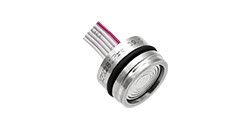
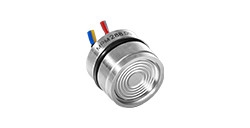
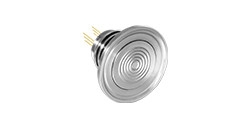
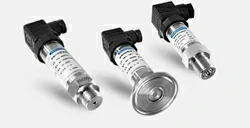
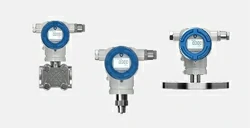
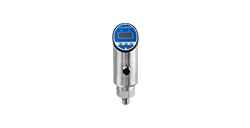
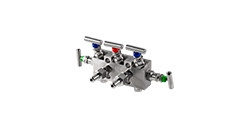
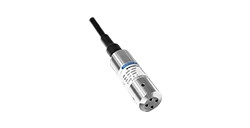

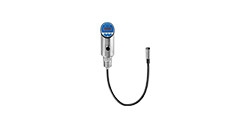
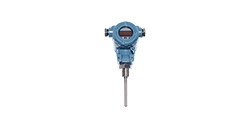
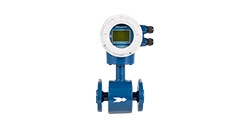
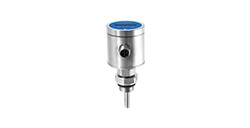
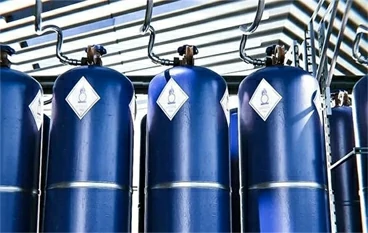
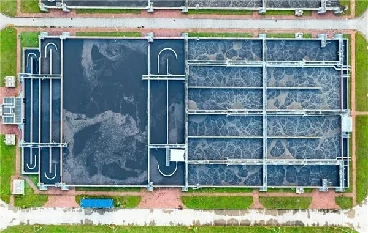
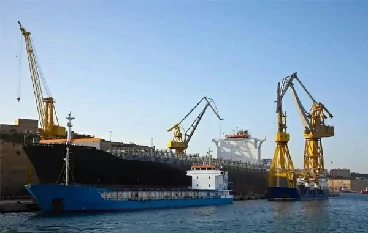
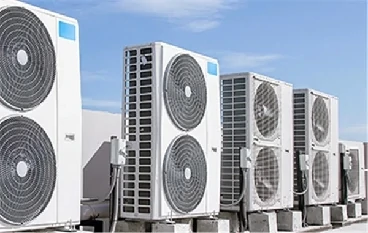
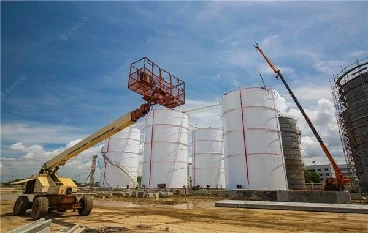
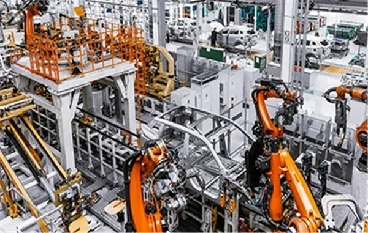
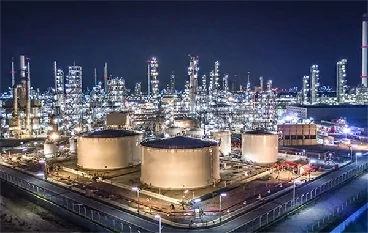
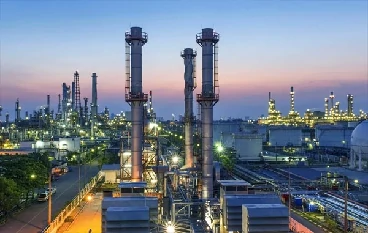
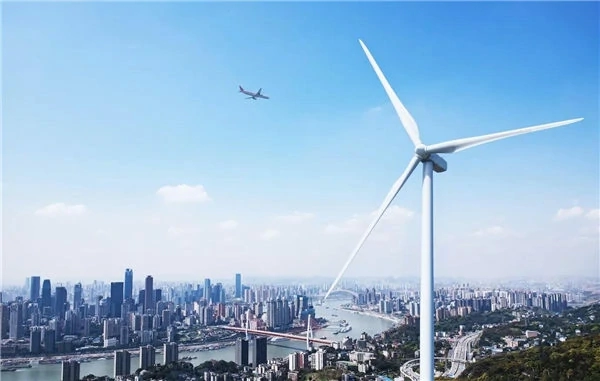
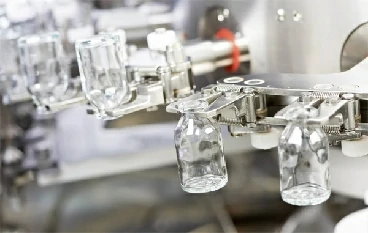
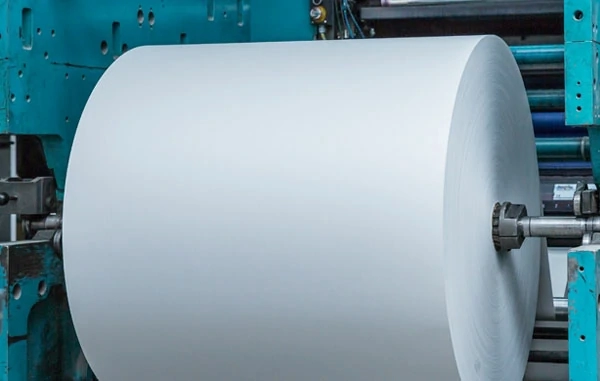

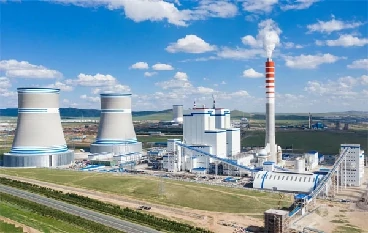

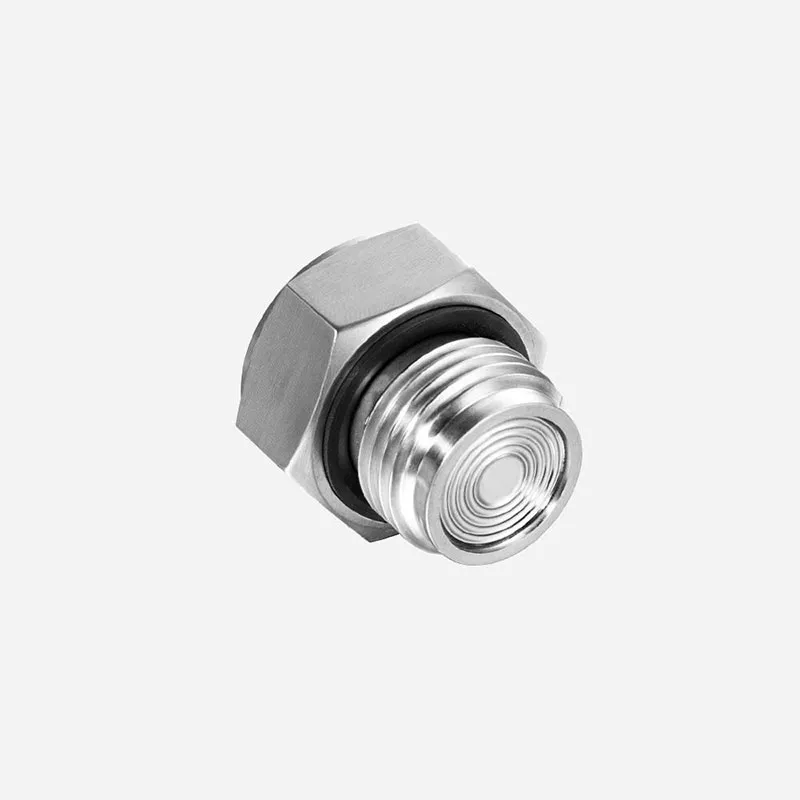
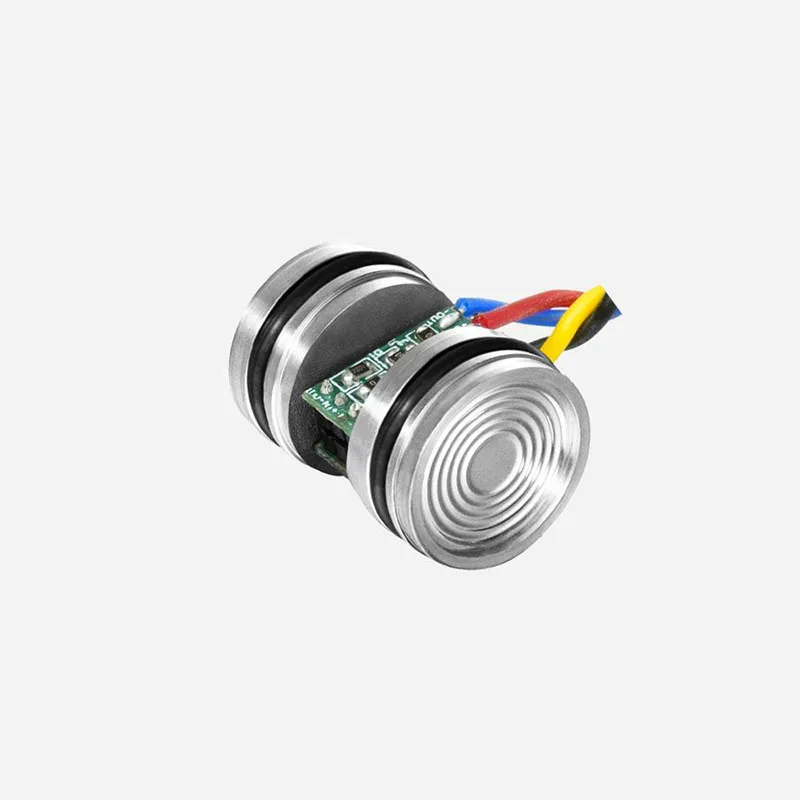
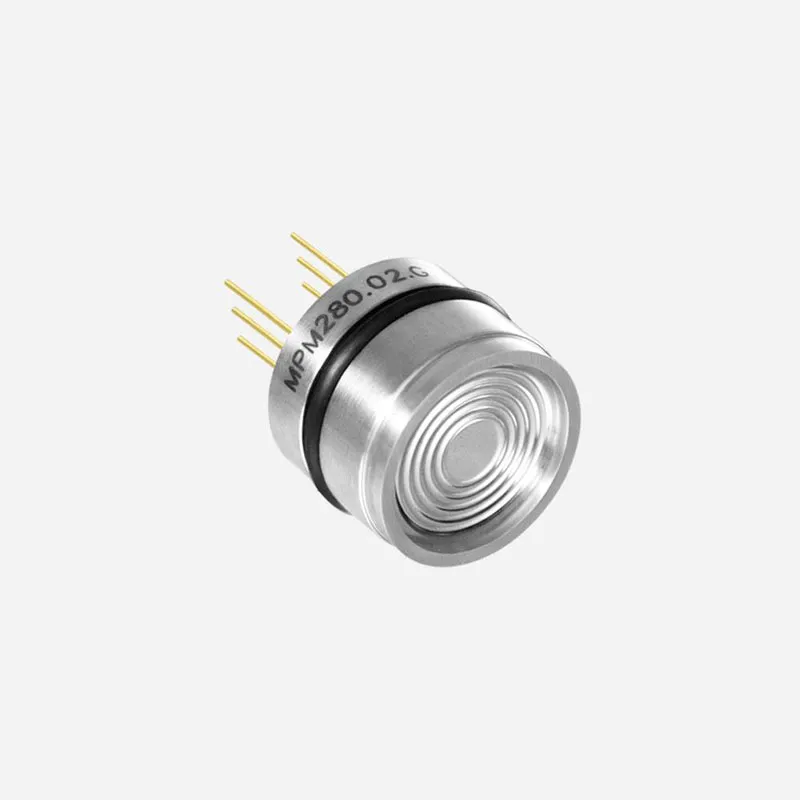
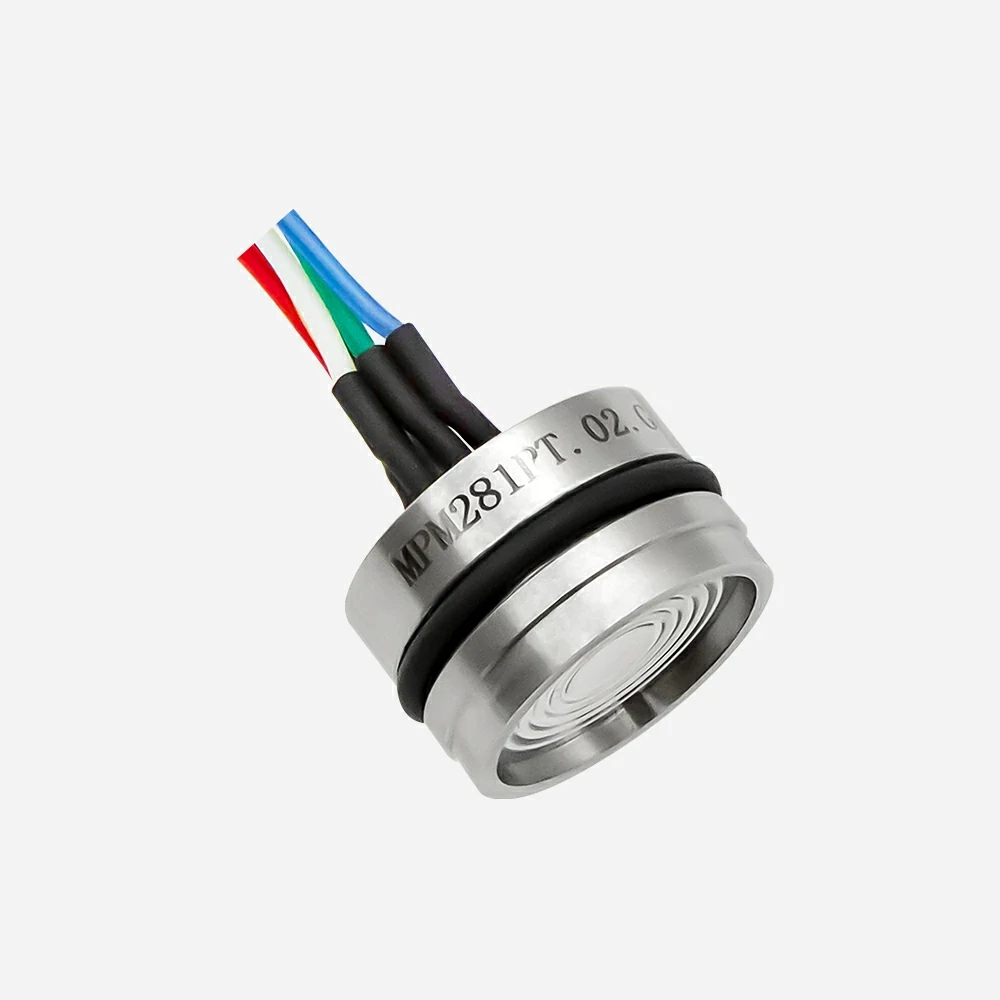
 Copyright © 2025 MICRO SENSOR CO., LTD
Copyright © 2025 MICRO SENSOR CO., LTD